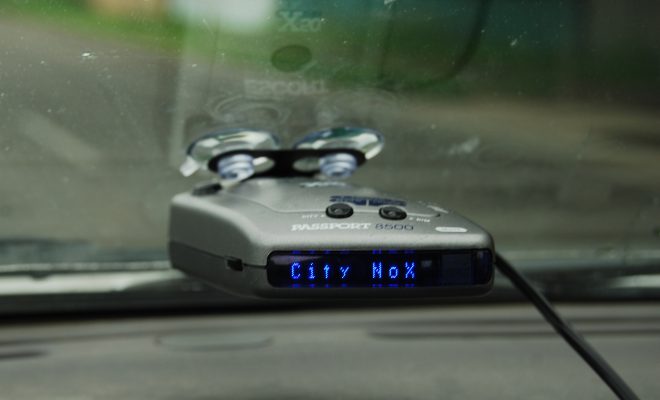What Is a Radar Detector and How Does It Work?

Radar detectors are devices used by drivers to detect radar speed traps used by law enforcement. These detectors work by detecting radar waves emitted by the speed detectors, allowing the driver to slow down before being caught by speed cameras.
Radar detectors use a receiver to detect radio signals emitted by radar guns. The detectors can identify the frequency of the radar signal used by law enforcement officers and alert drivers if they are being targeted.
Most radar detectors operate on X, K, and Ka bands, which are the frequencies commonly used by radar guns. These detectors also come equipped with GPS technology, which allows drivers to receive alerts for speed traps, red light cameras, and other traffic enforcement devices.
Radar detectors are legal in most US states, but a few states have laws that restrict their use. In these states, the use of radar detectors is illegal and can result in fines or penalties. It is important to research the laws in your local area before using a radar detector.
To use a radar detector, mount it on your car’s dashboard or windshield. Turn the device on and adjust the settings to your desired preferences. Some detectors allow you to adjust the volume, sensitivity, and screen brightness.
When a radar signal is detected, the detector will alert you with an audible tone or visual display. The alert will increase in intensity as you get closer to the radar source, giving you ample time to slow down and avoid getting a speeding ticket.
Overall, radar detectors are useful tools for drivers who want to avoid speeding tickets and other traffic violations. These devices work by detecting radar signals emitted by law enforcement personnel, allowing drivers to slow down and avoid being caught by speed cameras. Although they are legal in most states, it is important to check the laws in your area before using a radar detector.






